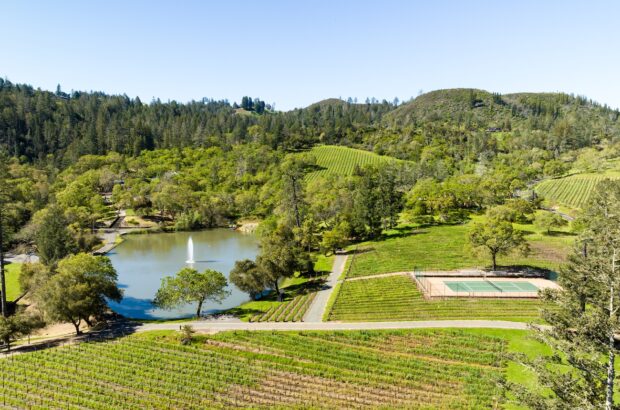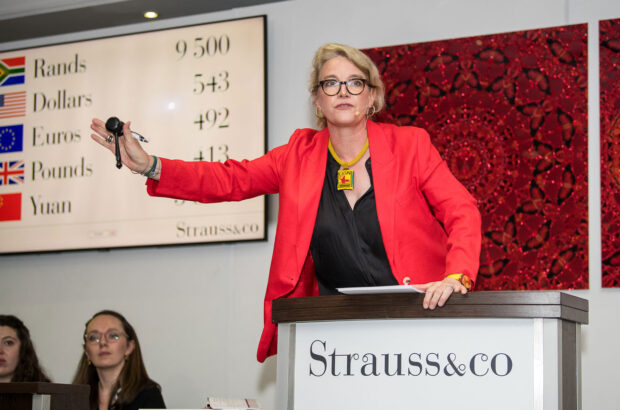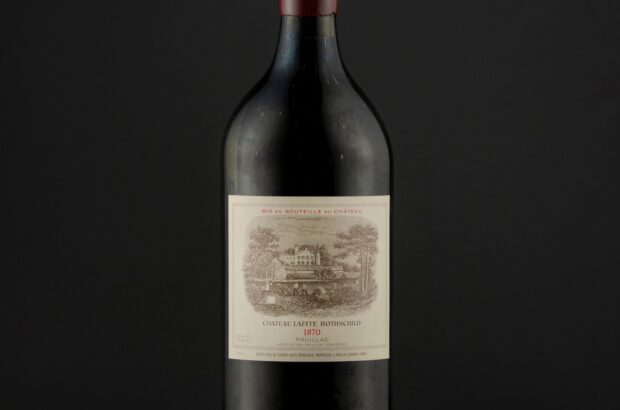What makes the wines of Etna so special? A combination of three factors, said D’Agata: Alpine climate in a Mediterranean land, the volcanic soils and the predominance of ungrafted, pre-phylloxera vines.
‘Fifteen years ago, the room would have been empty,’ remarked Ian D’Agata, as he opened this hotly anticipated tasting of 11 reds from one of Italy’s most exciting wine regions. The turnout at this year’s Italy Fine Wine Encounter, he continued, was testament to how far Italian wine has come.
Sicily is a behemoth in the wine-producing world, producing more wine than Australia, and with more vines planted than both Chile and Bordeaux combined. The crowd-pleasing Nero d’Avola grape accounts for most red plantings, found everywhere on the island except in Etna on the island’s northeastern shores, where the far more thrilling Nerello Mascalese produces reds of high tannins and little colour. A dash of Nerello Cappucio often finds its way into Etna reds, D’Agata explained, the perfect complement since it has lower tannins and higher colour.
The usual blend is around 90% to 95% Nerello Mascalese and 5% to 10% Nerello Cappuccio – producers would use more, but plantings are few and far between. Indeed, there’s a scramble to plant more. For the same reason there are only three monovarietal Nerello Cappuccio wines made in Etna, compared to many more 100% Nerello Mascaleses.
What makes the wines of Etna so special? A combination of three factors, said D’Agata:
- The fact that you have an Alpine climate in a Mediterranean land, leading to huge day-night temperature drops that give great aromatics to the wines
- The volcanic soils, featuring strata of different geologic origins and including no fewer than 46 different lava types
- The predominance of ungrafted, pre-phylloxera vines
'Etna – it's a geologist's dream' Ian D'Agata on the volcanic #terroir of Etna #decanteritaly #wine pic.twitter.com/5cDcsckXrv
— Decanter (@Decanter) June 4, 2016
Etna’s reds are often compared to Burgundy, and share the same graceful capacity for ageing – though it’s difficult to know how exactly the wines will evolve, cautioned D’Agata given the youth of the area as a fine wine region. Along with Piedmont, Etna is the only major vineyard area in Italy strongly associated with particular crus (again, like Burgundy). In Etna these zones are known as ‘contrade’, and growers have come to recognise their different characteristics. Guardiola, for instance, tends to produce austere, structured wines; and Feudo di Mezzo very ripe and forward wines.
In general the lunar landscape produces reds that typically display some or all of the following: an intense violet fragrance, sour red cherry or berry, sweet spice, marzipan, herbal notes, and a smoky, flinty, mineral undercurrent. Nerello Mascalese makes great food wines, enthused D’Agata, producing wines with intrinsic freshness, moderate alcohol and juicy sweetness of flavour but a dry finish. These are wines to make you salivate.
Etna wines tasted:
- Planeta, Etna Rosso 2014 (introduced by Alessio Planeta)
- Cottanera, Contrada Diciassettesalme 2014
- Tenuta delle Terre Nerre, Le Vigne di Eli, Pignatuni 2014
- Graci, Arcuria 2013
- Passopisciaro, Contrada Guardiola 2013
- Federico Graziani, Profumo di Vulcano 2012
- Benanti, Rovitello 2012
- Tenuta di Fessina, Il Musmeci 2010
- Gulfi, Reseca 2010
- I Custodi delle Vigne dell’Etna, Aetnus 2007
- I Vigneti di Salvo Foti, Vinupetra 2002

How does Italy age? John Stimpfig’s top wines

Winemakers watch on as Mount Etna erupts







